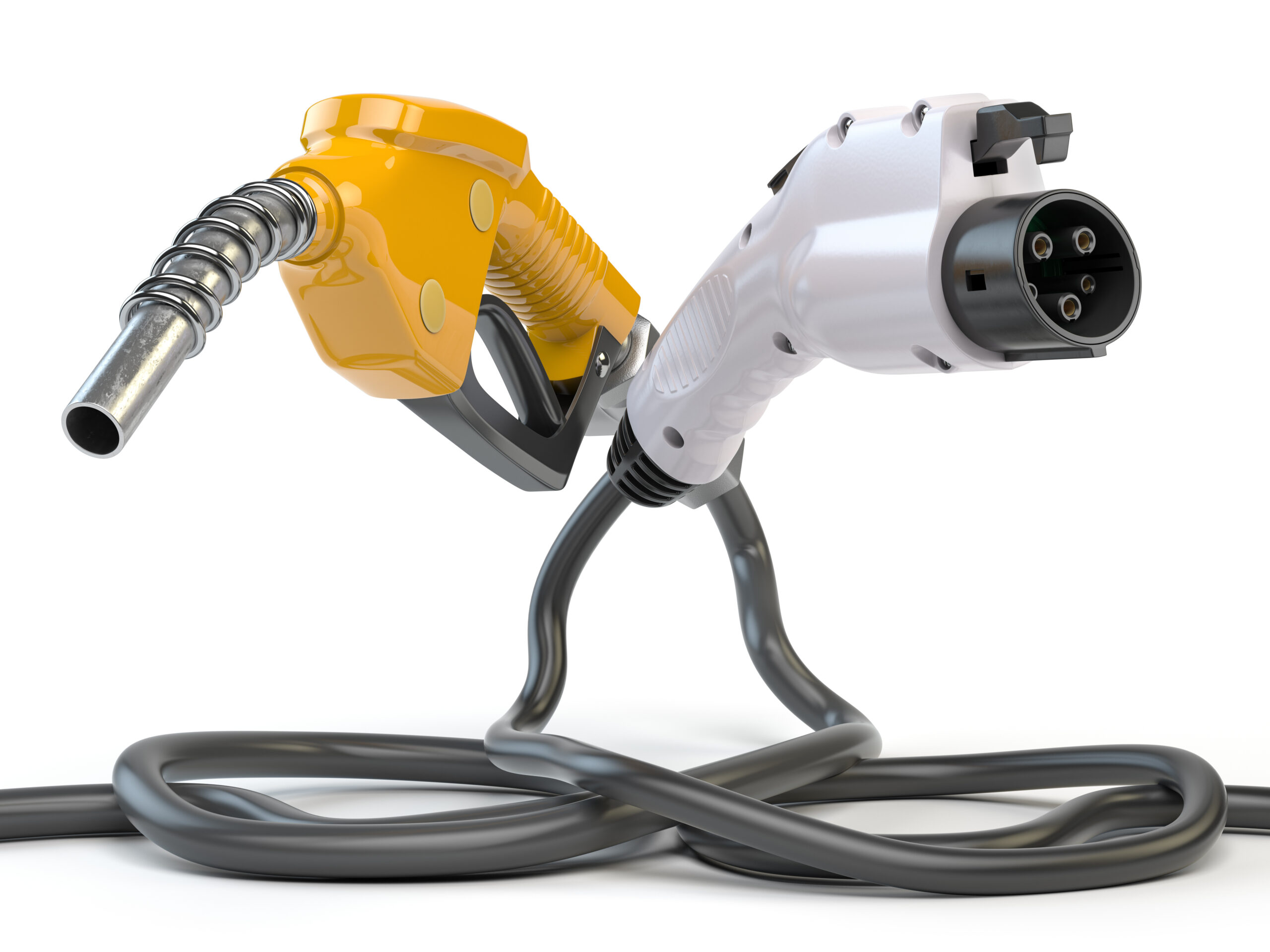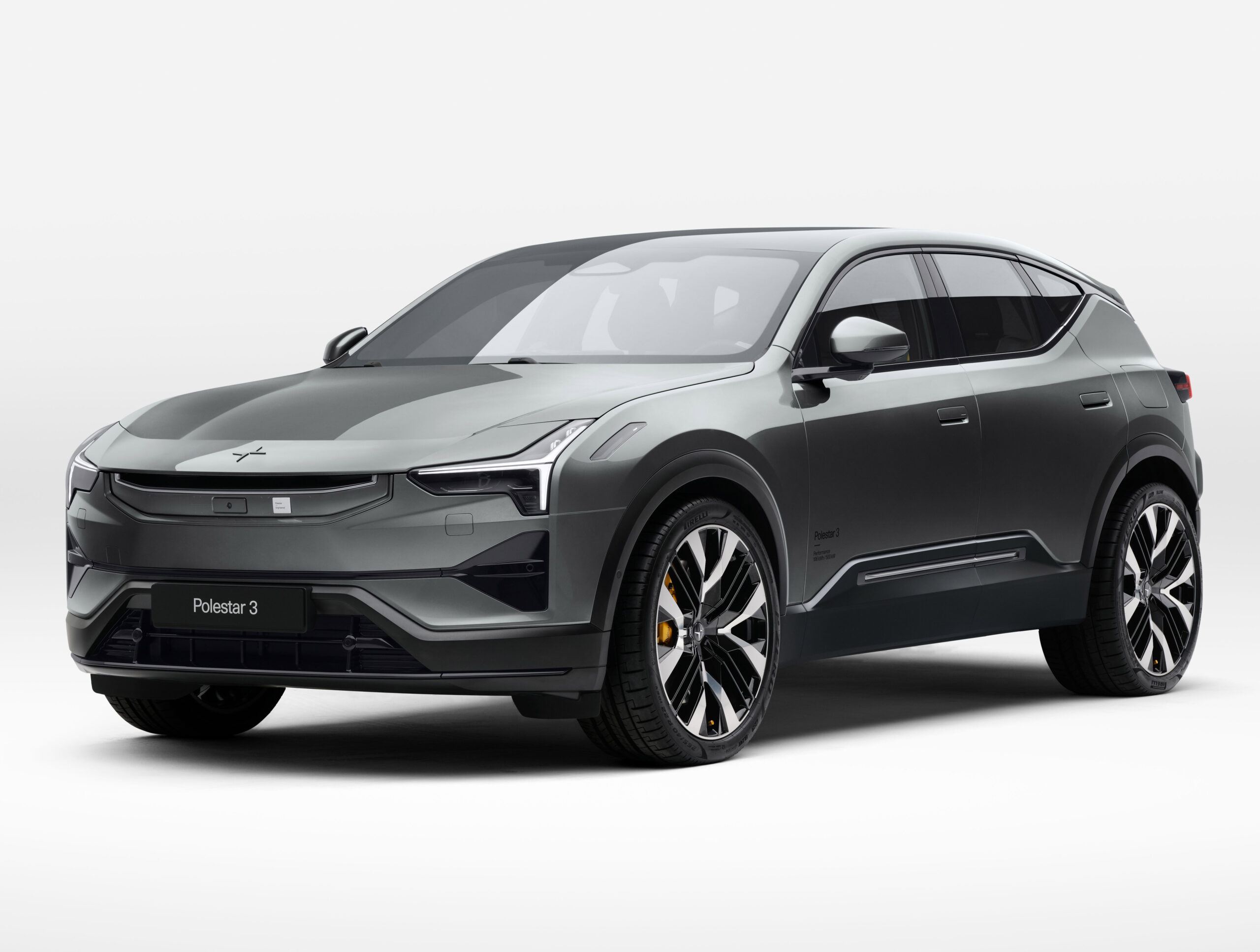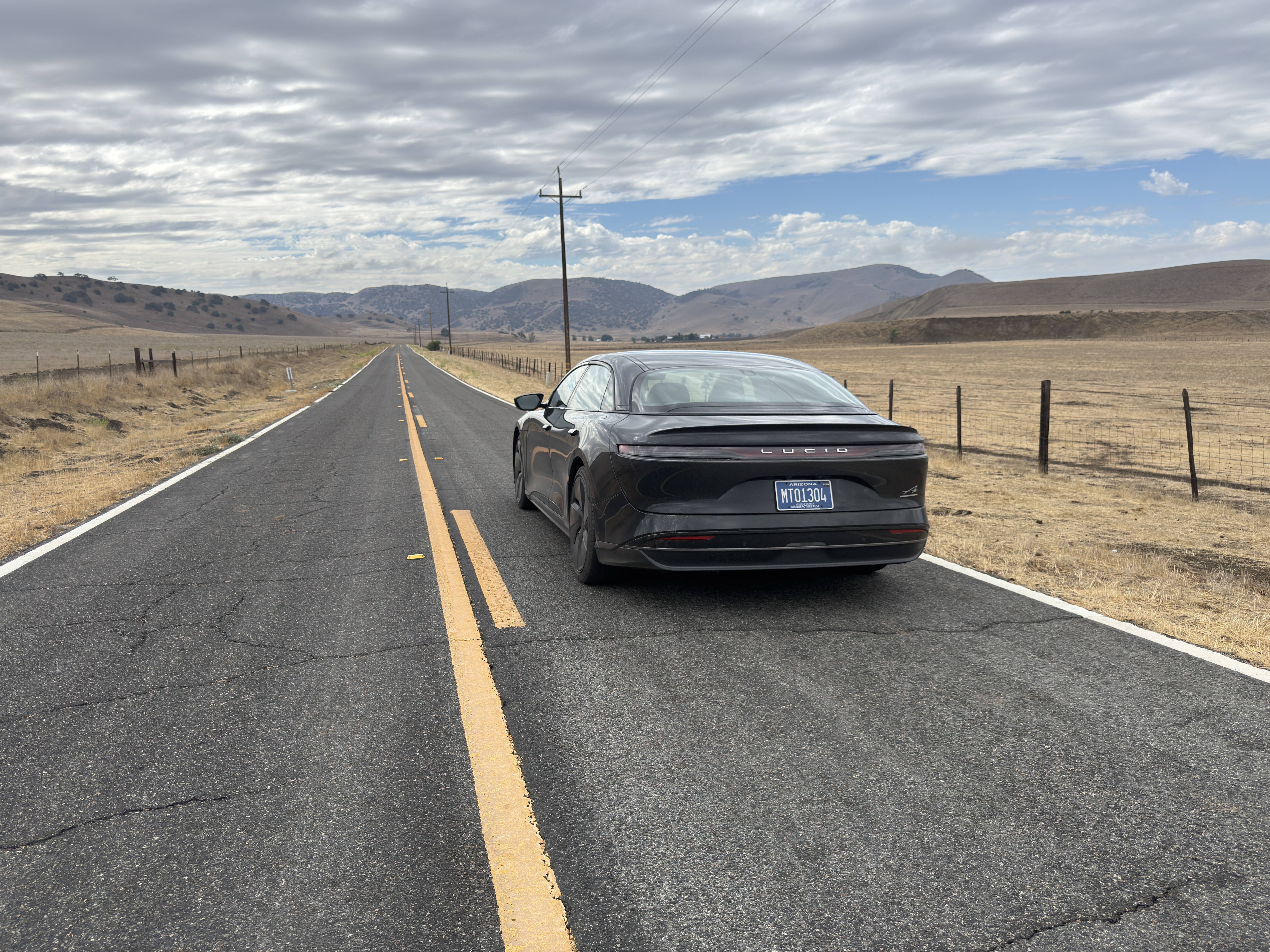

Polestar continues to march to a different drummer. Case in point? The Polestar 3, which after just one year on sale, is getting a wholesale upgrade of the entire electronics system. Yep, new batteries, new motors, new computers. The result promises to be slightly longer range for most trims, greater efficiency for every trim, notably faster 0-60 times, and snappy charging thanks to an 800V native architecture. Sound familiar? Volvo recently announced that the EX90 was getting a very similar update, although Polestar has shared more details than Volvo has. How does it compare to the 2025? Here’s the skinny.
In a nutshell, this is the same basic motor and battery combinations as Volvo announced in the ES90 (not the EX90, as details are still scarce there) but there are a few tweaks.
The base model is still RWD, but it’ll be a full second faster 0-60 (6.3 seconds) thanks to a new 333 HP rear motor that ramps power faster, and a slightly smaller 92 kWh battery. The downside is an approximately 15% drop in range. (No EPA numbers are out yet; these are based on WLTP). This battery will charge with a peak of 250 kW.
Next up is the 544 horsepower dual motor model which is a bump of 55 ponies vs the old model. The AWD models get a slight bump in range (despite having a smaller 106 kWh battery) and will scoot to 60 in 4.5 seconds. The improved performance is thanks to new motor designs. Up front we now see an induction motor rather than a permanent magnet motor which will reduce costs and allow it to be electrically disconnected on the highway. Out back we get a new motor design…. that seems to lask teh twin-clutch torque vectoring unit in the 2025. Polestar hasn’t said it’s gone, but neither have they said it’s there and they used to love talking about it…
The new performance trim gets the same 106 kWh battery but bumps power to 680 horsepower, 642 lb-ft of torque, and a 3.8 second 0-60. This is the same battery and power output as Volvo’s ES90… We’re still not in Taycan territory, but it puts the PS3 in the same performance range as comparably priced Macan EVs.
The bigger deal is probably the charging speed. With a new peak of 350 kW for the big battery, you’ll charge 25% faster than last year’s 3 and can supposedly gain a 70% charge in 22 minutes. How fast will it charge on a Tesla Supercharger? We’re not sure, but it’ll be a great deal slower. Why? Because the onboard electronics will have to boost the low-voltage Supercharger output up to whatever is required by the new high-voltage pack. Polestar didn’t comment on the maximum capacity of this conversion, but it could be low like a Lucid Air (~50 kW) or it could be middling like a Taycan (~150 kW). Only time will tell…



